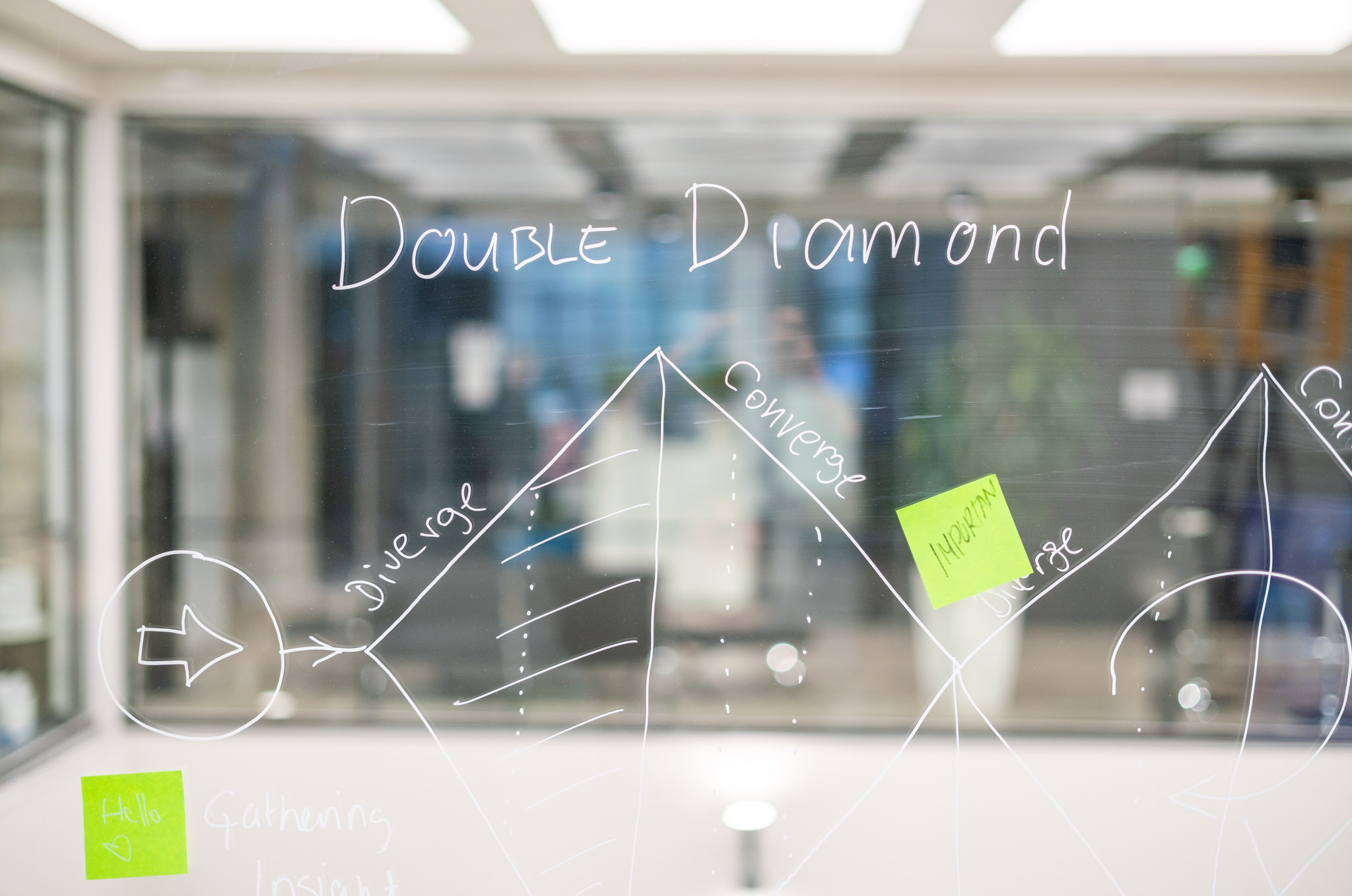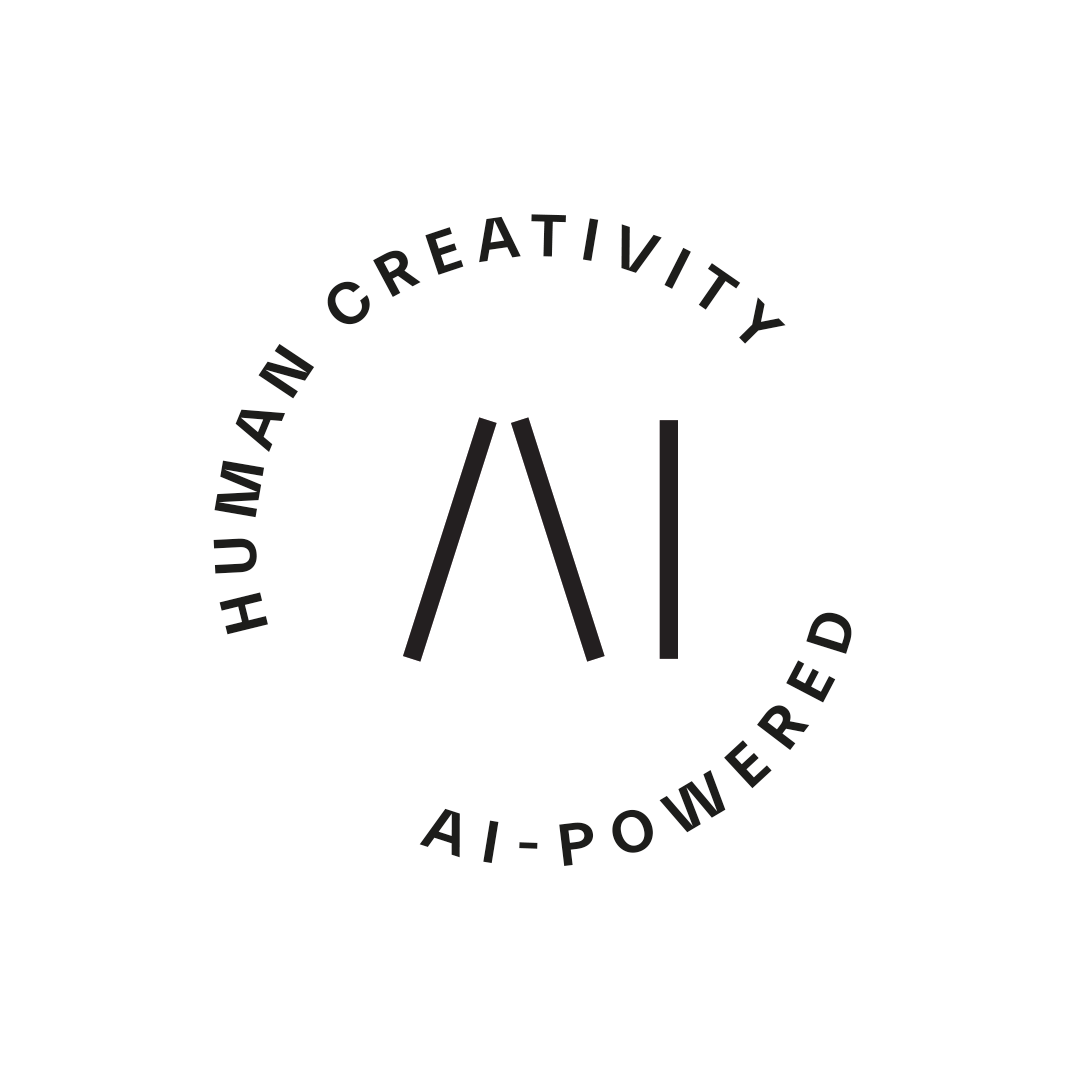Design // Business Design // Service Design // Experience Design // Design Thinking
Contact Us → Contact Us →I work as a User Experience (UX) and User Interface (UI) designer in one of Siili’s design tribes called Envisioning Experience. What would be a typical workday as a designer in Siili?
I work as a User Experience (UX) and User Interface (UI) designer in one of Siili’s design tribes called Envisioning Experience. What would be a typical workday as a designer in Siili?
The answer is that every day is different, and I’m happy to say it loud and proud! As a UX/UI designer, the focus of tasks varies from a broad view of user research to detailed visual crafts of designing icons. Different dimensions of the UX/UI design keep my job interesting and challenging.
The basics of being a designer in Siili
In general, the working hours in Siili are human and flexible as long as the tasks are communicated with the client and project team. In a typical week, I spend 3–4 days at the client’s premises and 1–2 days at the Siili office. If I feel cozy, I may work from home, or even work from a café to get inspired by Helsinki’s city vibe.
My current project is a long-term project lasting for a couple of years. I enjoy witnessing the development of an idea to a functional product. Overall, when joining a project, your personal project preference will be taken into account.
The project team is formed with 14 consultants from Siili. Team members include project manager, backend developers, content and strategy designer, frontend UX developers, and me as a UX/UI designer. In a sense, we all share the role in product design, where my role is to take ownership of the user experience design and facilitate an approachable co-creation working atmosphere.
Here’s how one day during the past week looked like:
Designer’s morning: communication, ideation & daily
I start my mornings with a short to-do list of the day while enjoying a cup of good morning coffee. In the project I’m working on, the design is part of the agile process with sprints lasting two weeks. Jira gives me a glimpse of what are the visible design tasks I shall focus on during the sprint.
I prefer to keep most of the communication in the early part of the day, such as user interviews, co-creation workshops, user tests, client meetings, etc.
Ideation:
This morning, we continue work on a design challenge that needs loads of industry-specific insights. As there was no clear solution yet, I decided to run a mini-ideation workshop with the business expert, project’s system architect and a UX designer. The workshop lasted for one hour with three parts – insights sharing, individual ideation, and sharing and forming the ideas into rough concepts. By the end of the workshop, we concluded a feasible direction to solve the challenge without carrying out dramatic implementation changes considering the project timeline.
When a challenge is complex and unclear, we may run workshops lasting several days, such as a design sprint. Though regardless of the length of the session, it’s essential to observe attentively and ask the right questions in order to form informative conversations.
Daily in an agile team:
Before heading to lunch, the team holds a daily – each team member shares in brief the tasks they have done and plan to do today, highlighting to the team if there are any obstacles. As the team grows bigger, we are hosting a more effective daily within smaller groups recommended by Siili’s Agile Coach. After the daily, we head to lunch together. Good social vibes take away the stress!
Designer’s afternoon: prototyping & sharing knowledge
After lunch, I summarized the key topics from the morning workshop and shared the memo with the rest of the team, so that everyone (including the project owner and Siili’s team) get informed of the progress. Being transparent in communication is the foundation of a trustworthy collaboration.
Concepts creation:
The next step is to visualize the concepts. The classic pen-and-paper is my favorite – I always sketch out a skeleton of the concept, or even do a few different ones before digitalizing it. The sketch can be a user journey, interaction flow diagram, wireframes or UI mockups. Putting the ideas to the paper also helps me think through the details of the concept. Our brains are very good at "energy-saving", thus we tend to "fall in love" with our initial concepts. In practice, I often generate at least two concepts presenting different approaches to the problem.
Prototyping:
During the afternoon, two low-fidelity interactive prototypes are made in Sketch and InVision. Low fidelity prototypes effectively validate the complex interactions. There are no restrictions on which design tools designers should use in Siili’s projects, as long as they serve the purpose. For example, I have used Abstract, Zeplin, and Framer in my work.
Idea validation:
In the last working hour of the day, I block 30 minutes to evaluate the UI structure of the concepts with two UI developers. Their feedback confirmed that one of the concepts will need a significant frontend effort to realize. I then adjust the design according to the feedback. At Siili, Lean UX tribe as part of the design has a team of UX driven frontend developers, who upgrade the UI mockup to interactive UI components with carefully crafted micro-interactions and consideration of accessibility. It has been a great pleasure to work with them.
In the last 30 minutes, I plan the user tests for the coming days to validate the concepts with the end-users.
Learning by sharing is part of company culture
Anyone can find lists of design theories or toolkits online. What I truly appreciate at Siili is the opportunity to share real project experiences among designers – as good design work is a tailored combination of both practical decisions and design theories.
Every Friday of the week, Siili’s designers meet at the office to share their new learnings. As some of us are located at client premises full-time, it’s good to meet each other face to face. Shortly after the tribe meetings, we have a company-wide collective that presents a work-related topic followed by a wine lottery. The topics of the collective are something inspiring that you are willing to share with others: for example personal data protection, the imaging process of the black hole, etc. Listening to the collectives, I truly feel proud to work with such bright experts!
Embrace the humbleness
My key reason to join Siili was the company culture of embracing the humbleness. We are all experts in our own fields, yet we have much to learn from each other. This mindset also resembles how I do my work as a designer.
Written by
Caroline Liu

